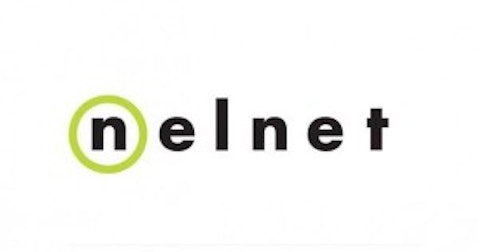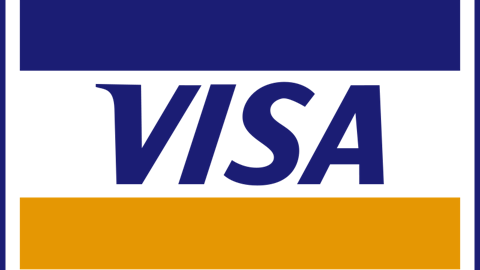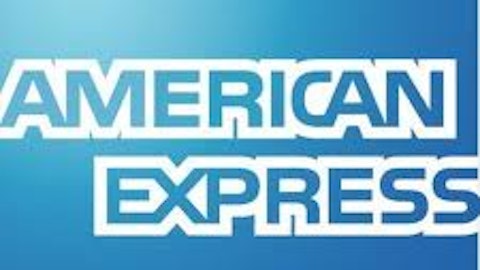In an effort to achieve the “American Dream,” college students are amassing student loan debt at an alarming rate. So, the student loan business is booming. And, the Fed’s Zero Interest Rate Policy (ZIRP) has brought life to the student loan asset backed securities (SLABS) market.
Federal loans
Since new legislation in 2010, the government has been lending directly to students. The government now oversees about 90% of all student debt, which is helping raise U.S. student loan volume to record levels. What’s more, unlike private loans, government loans aren’t securitized. That’s good, right? Not necessarily.
Federal loans don’t have credit standards and nearly any student can obtain a loan. Moreover, many federal loans have high caps. Take for instance the Stafford loan, which accounts for 75% of all government loans. An undergrad provided a Stafford loan can borrow up to about $58,000.
As if the bone-chilling thought of a 20-something year-old, with no credit to his name, borrowing $58,000 wasn’t scary enough, some students use the borrowed money to buy clothes, go on vacation, or even repay credit-card debt. However, what’s most daunting is that these loans are guaranteed by the government. Essentially, in the event of a mass default by students, tax payers could end up footing the bill.
Such a risk begs an obvious question: Why did the government change the rules so it could lend to students directly? The Congressional Budget Office estimates that for 2013, interest income from student loans was about $48.6 billion. For perspective, that’s roughly the combined 2012 net income of the four largest U.S. banks.
Private loans
The rest of the $1.1 trillion student loan debt is managed by private lenders.

Still, Sallie Mae isn’t the only company benefiting from increasing student loan debt. The less-known, Nelnet, Inc. (NYSE:NNI) is the second largest holder of Federal Family Education Loan Program (FFELP) loans. In 2005, Nelnet, Inc. (NYSE:NNI) had its most profitable single student loan asset backed securities offering, generating $862 billion.
Student Loan Corp., once a subsidiary of Citigroup, used to be the third largest buyer of FFELP loans until it was sold to Sallie Mae and Discover Financial Services (NYSE:DFS) in 2010 for $600 million. Discover Financial Services (NYSE:DFS)’s student-loan portfolio ended the fourth quarter of 2012 at $7.7 billion. That’s up almost 5.5% from a year earlier. Alleged strict credit checks and increased student loan underwriting is helping Discover’s stock rise to record highs. Discover Financial Services (NYSE:DFS)’s stock is up about 32% year-to-date.
What’s the big deal?
Student Loan ABS generated sales of $135 billion in 2006 and 2007. Compared to other assets, such as residential mortgage-backed securities, demand for SLABS was slow to pick up after the financial crisis. However, in 2012, student loan ABS generated $25 billion in sales as debt buyers scoured the marketplace for yield. Albeit small, the uptick is worth noting.
According to a Fed report, federal and private student loan borrowing totaled $966 billion at the end of the fourth quarter, up 11% from a year earlier, and up 51% since 2008. And, according to asset-backed security publication, Asset-Backed Alert, SLABS generated $5.6 billion in sales in January and February 2013. That’s a 30% rise year-over-year.



